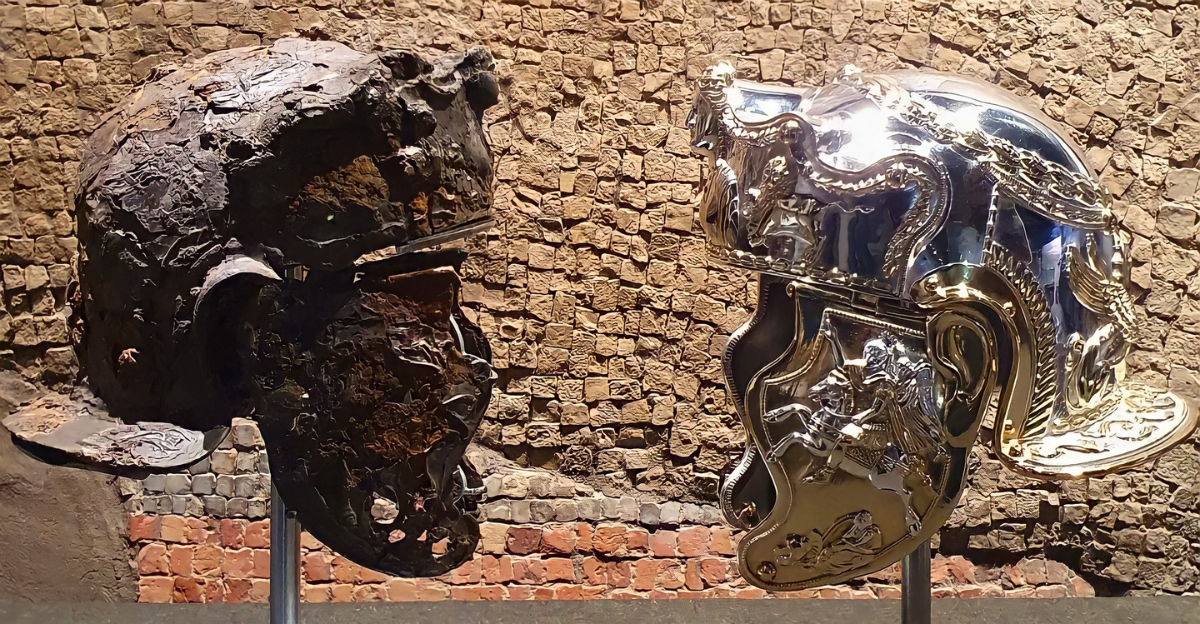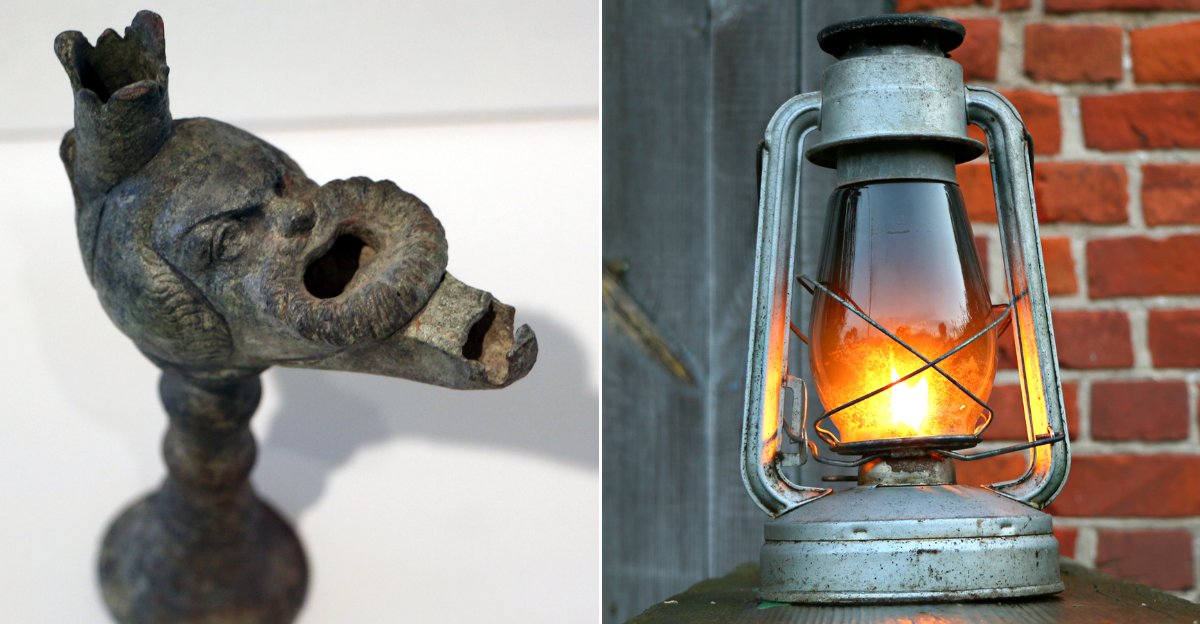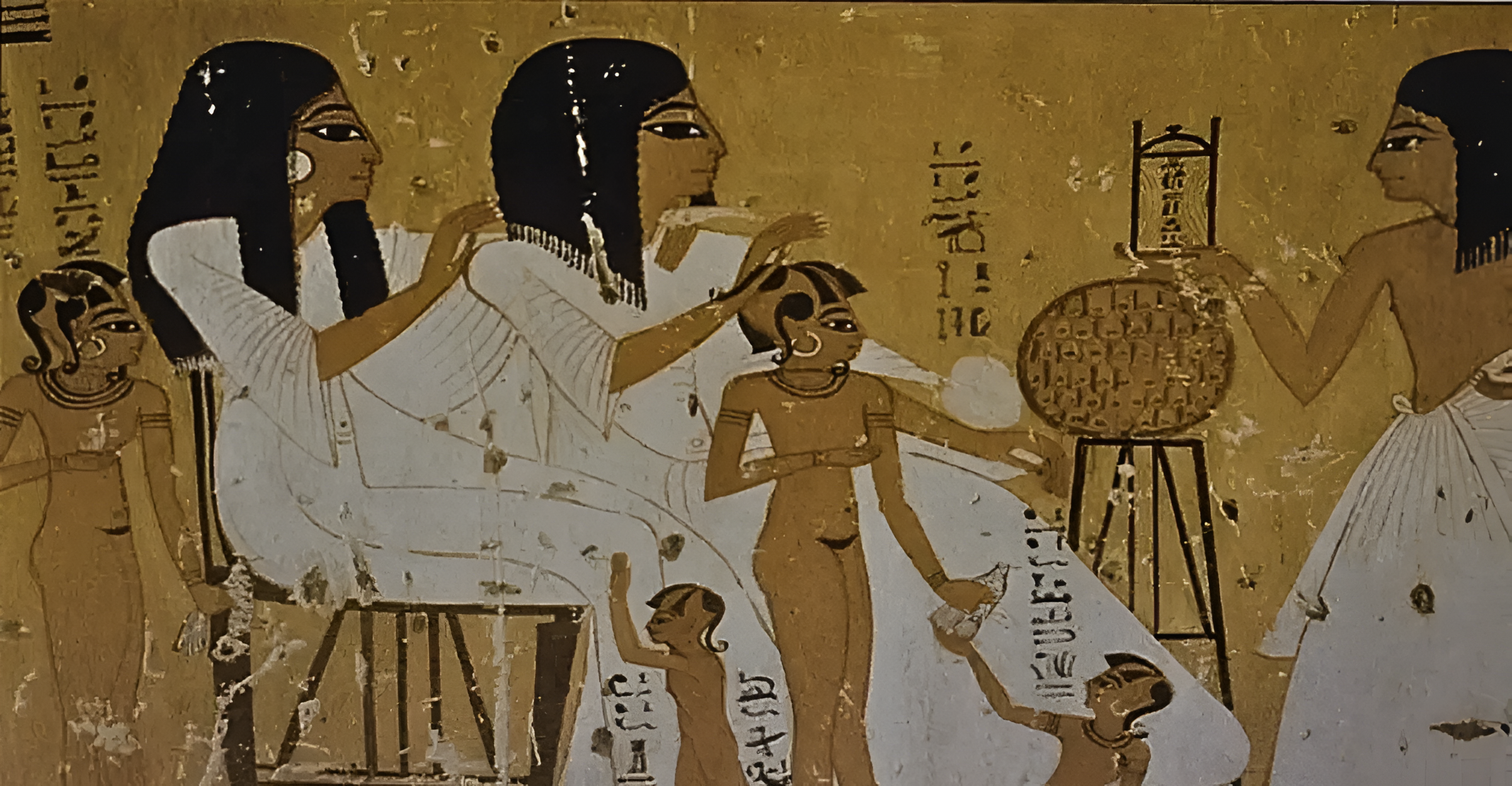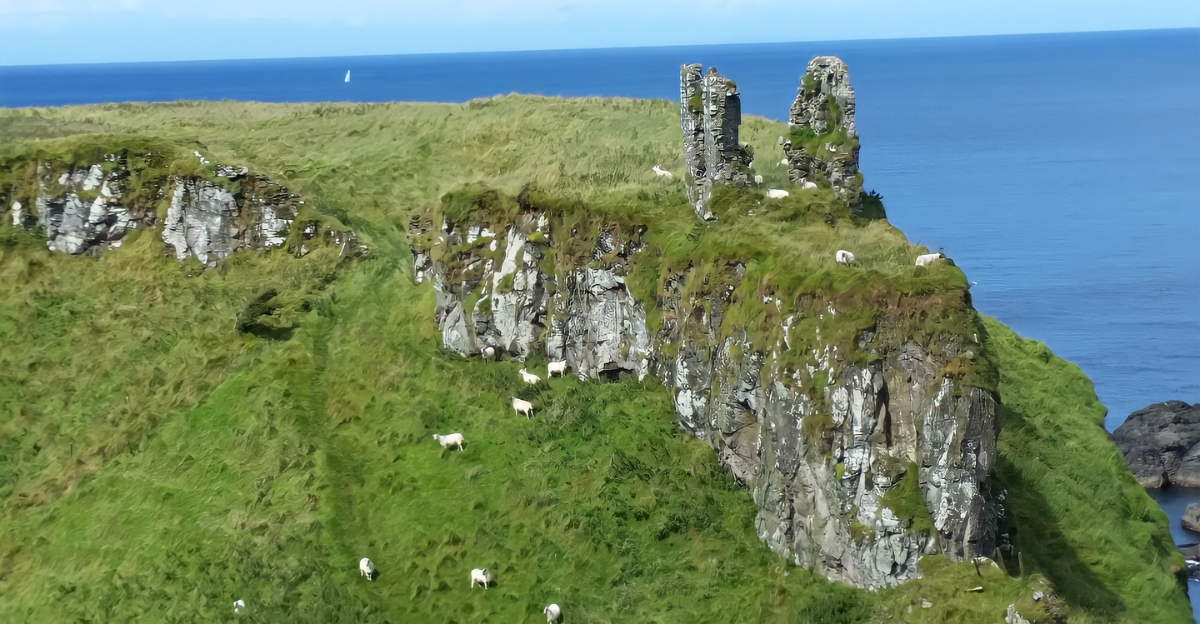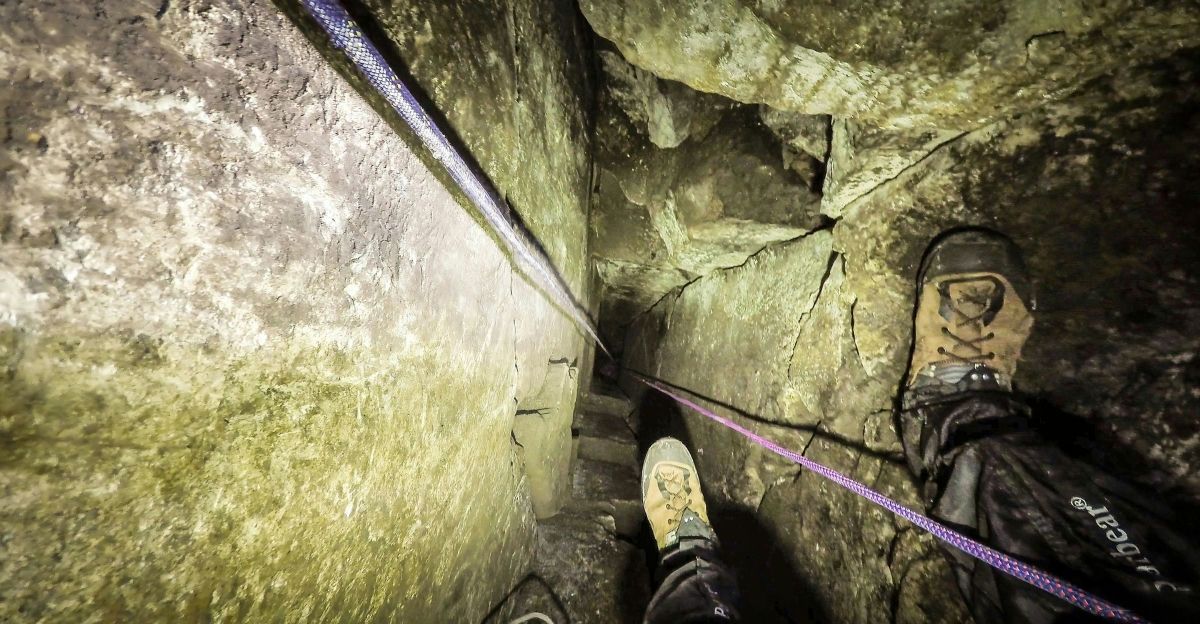
Renowned speleologist Arthur Zhemukhov and his team were exploring the Carora mountain peak when they stumbled upon a discovery that would change everything they thought they knew about prehistoric civilizations. They uncovered a colossal underground shaft unlike any known cave system they’d ever encountered. This structure has perfectly straight, polished walls and massive megalithic blocks fitted with astonishing accuracy, forming a deep vertical shaft that opens into a vast subterranean hall.
Many unanswered questions surround this discovery, like who built these structures and why they are there.
Theories and Speculation
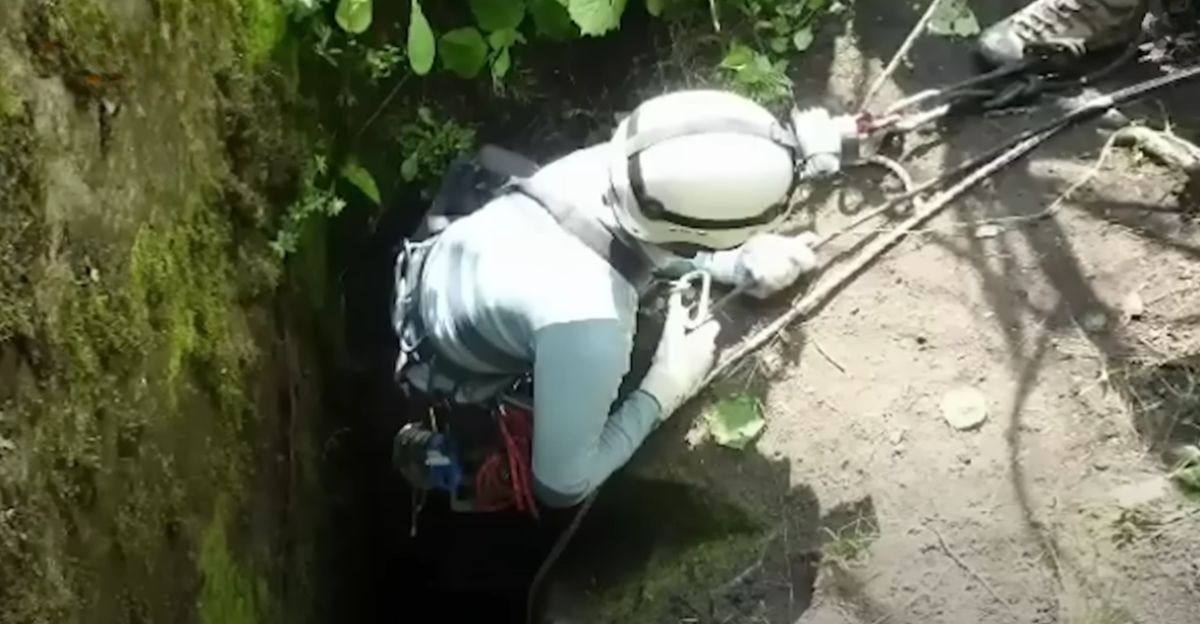
With little evidence to go on as to where this shaft came from or its purpose, many speculative theories have come to light. One prominent theory suggests the shaft is evidence of a lost, technologically advanced civilization, with some researchers comparing its construction to the engineering marvels of the Egyptian pyramids due to the massive, precisely fitted stone blocks and the presence of mysterious narrow cavities that serve no clear human purpose.
“It could have been some kind of plant, a part of an advanced ancient factory, or some kind of resonator,” speculated Vadim Chernobrov, head of the Cosmopoisk organization.
All About Khara-Hora Shaft
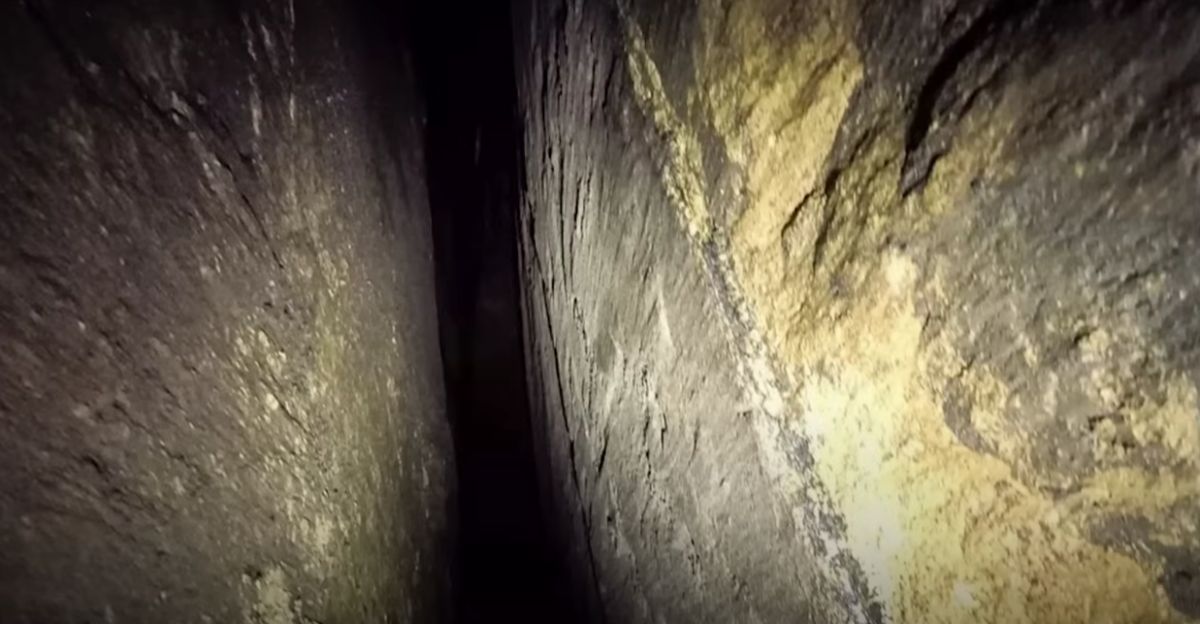
This remarkable subterranean structure was discovered in 2011 by Russian speleologist Arthur Zhemukhov in the remote mountains of Kabardino-Balkaria. The shaft plunges an incredible 130 feet straight into the mountain, with walls formed from massive, perfectly aligned stone slabs that appear almost geometrically flawless. These walls are polished to an unnatural sheen and constructed from blocks estimated to weigh up to 200 tons, fitted together so precisely that barely any gaps are visible.
At the bottom of the shaft, the passage opens into a vast underground hall soaring up to 118 feet high, with megalithic blocks arranged at right angles and columns that suggest deliberate architectural planning. ” The precision of the entrance hinted immediately at human, or perhaps superhuman, craftsmanship,” said Zhemukhov.
The Shaft’s Unexplained Features

The structure has numerous narrow side tunnels and tiny cavities too small for even a child to squeeze through. Yet, a constant flow of fresh air circulates through them, hinting at a sophisticated ventilation or airflow system whose function remains unknown.
No artifacts, tools, or signs of habitation have been found within the shaft, and the absence of burn marks on the walls suggests it was not illuminated by fire. This raises questions about how ancient builders could have worked in such darkness. “These tiny cavities extended deep into the rock, their depths unilluminated even by the powerful beams of our flashlights,” said Chernobrov.
Nazi Intrigue and Occult Legends

During World War II, Nazi researchers explored the Caucasus region in their quest for the mythical underground city of Shambhala, believed to harbor advanced knowledge and technology. Heinrich Himmler’s SS research institute, the Ahnenerbe, dispatched expeditions to Tibet and the Caucasus.
This obsession led Nazi teams to the very mountains where the Khara-Hora Shaft lies, with reports of a swastika carved into a boulder near the entrance—likely left by German researchers who believed they were on the verge of uncovering a gateway to ancient secrets.
Ventilation or Something More?
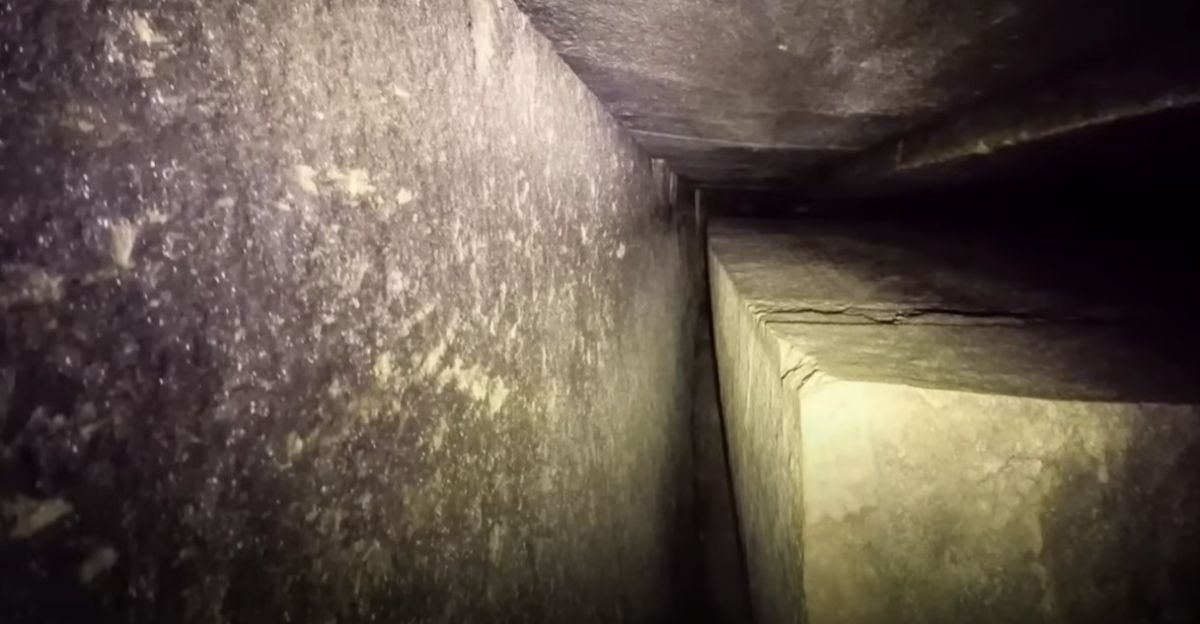
One of the most perplexing aspects of the Khara-Hora Shaft is its sophisticated ventilation, or perhaps something far more advanced. Explorers have consistently reported a steady flow of fresh air circulating through the shaft and its side passages, even though many of these narrow channels are too small for a person to enter, much less traverse.
This remarkable design has led researchers to speculate that the structure’s intricate network of tiny cavities and shafts was deliberately engineered to regulate airflow, cooling, or even temperature within the subterranean complex. There is also speculation that the airflow could have served a technological or energetic function, perhaps as part of an ancient energy generator or as a component of a much larger megastructure.
Photographic Evidence
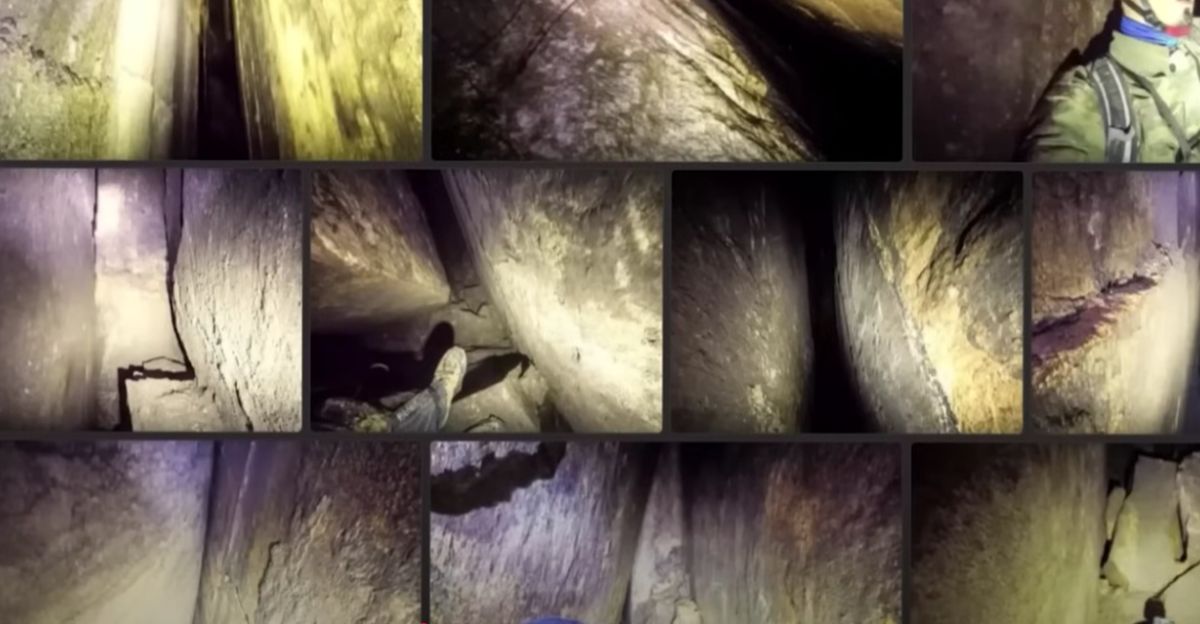
There have been multiple attempts to discredit the discovery and many official denials to go along with it. Russian photographer Alexander Pnov later descended into the shaft, capturing detailed photographs that confirmed its artificial origins. These photographs show the underground structure’s geometric regularity and intriguing details in the surrounding area.
Stones with apparent machine-like markings and artificially cut surfaces were also found nearby. These images, widely shared across online platforms and research forums, have become central to the investigation.
A Daunting Curse?
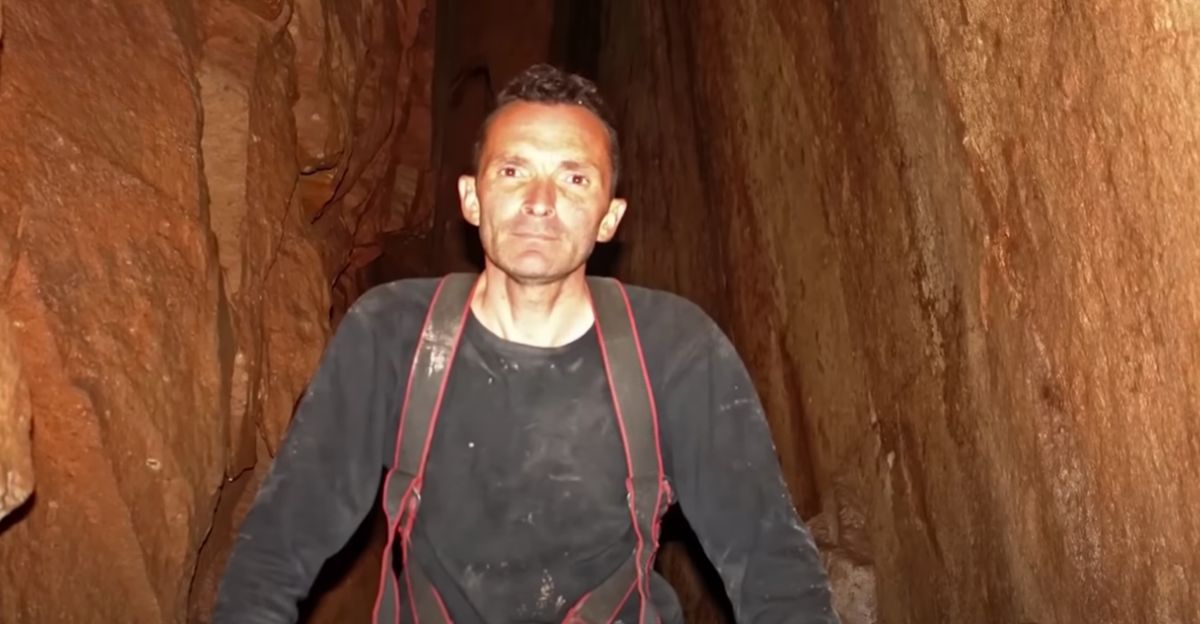
There has been speculation that this might be cursed, as most people met a tragic fate not long after the discovery. Arthur Zhemukhov perished in a car accident shortly after announcing a significant new find in 2015, and his close collaborator Vadim Chernobrov died of cancer just two years later.
These consecutive losses, along with other unexplained deaths among those involved, have fueled persistent rumors that the site is cursed or that powerful interests seek to keep its secrets buried.
Implications for Human History
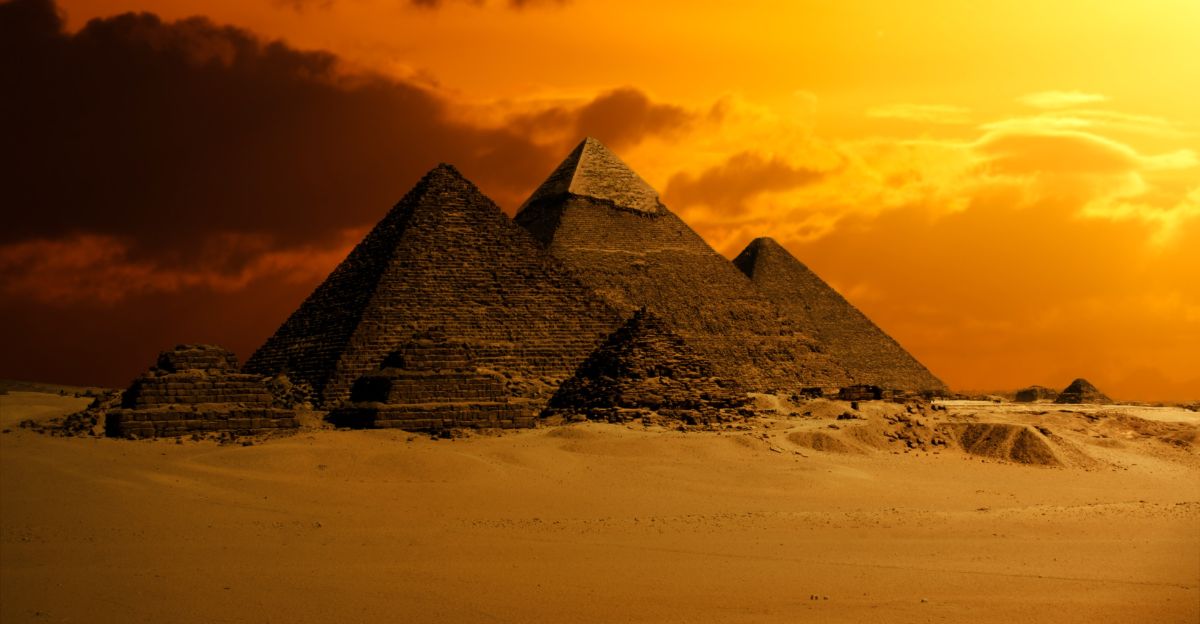
The discovery of the Khara-Hora Shaft has profound implications for our understanding of early human civilization. The similarities between the Egyptian pyramids’ shafts and inner chambers suggest the possibility of a lost civilization with advanced knowledge. The site’s mysterious purpose and lack of habitation evidence prove that researchers might not know as much as they once thought about ancient civilizations.
If the Khara-Hora Shaft is the product of an unknown civilization, it may represent a lost chapter in human history. “The Khara-Hora Shaft is one of the most mysterious ancient structures in the world. Who built this place and why?” said Dan Xuisoko.
The Mystery Lives On
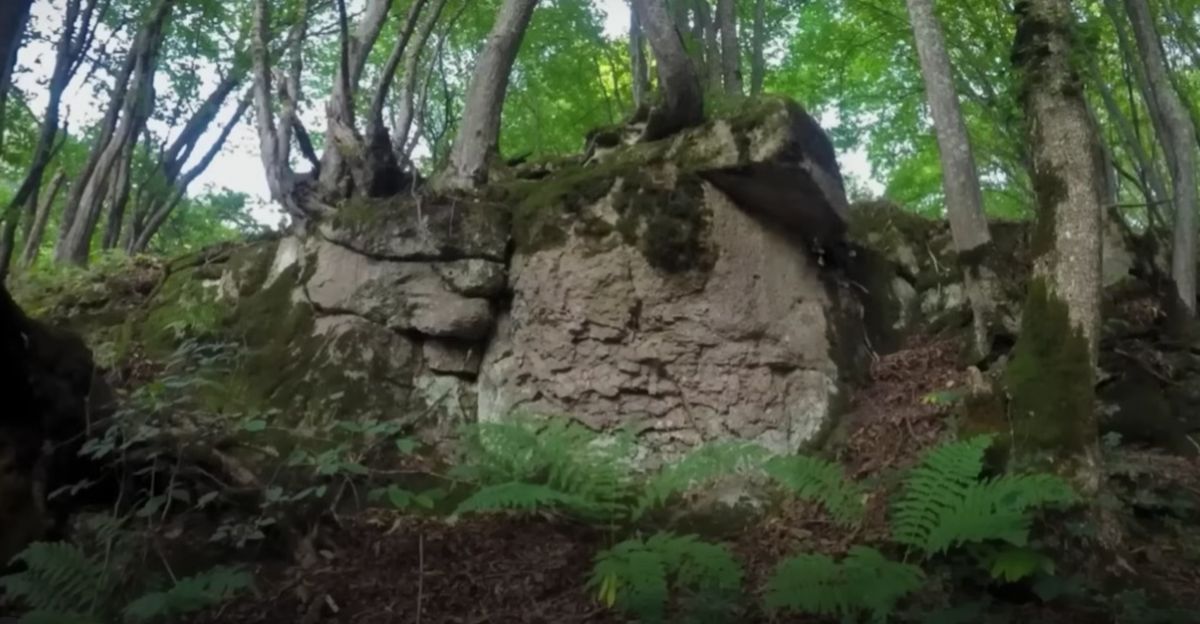
There has always been an eerie silence surrounding the discovery of this structure. Despite being a remarkable discovery, no significant new studies or official findings have emerged in recent years, and much of what is known comes from independent explorers and scattered photo documentation. “While we may never have definitive answers, the search for understanding continues,” wrote one commentator.
One thing is for sure: the questions remain: Why was such a massive structure built underground? What secrets might still lie hidden beneath the soil and stone? The site challenges everything we thought we knew about prehistoric engineering, and its secrets remain tantalizingly out of reach.

